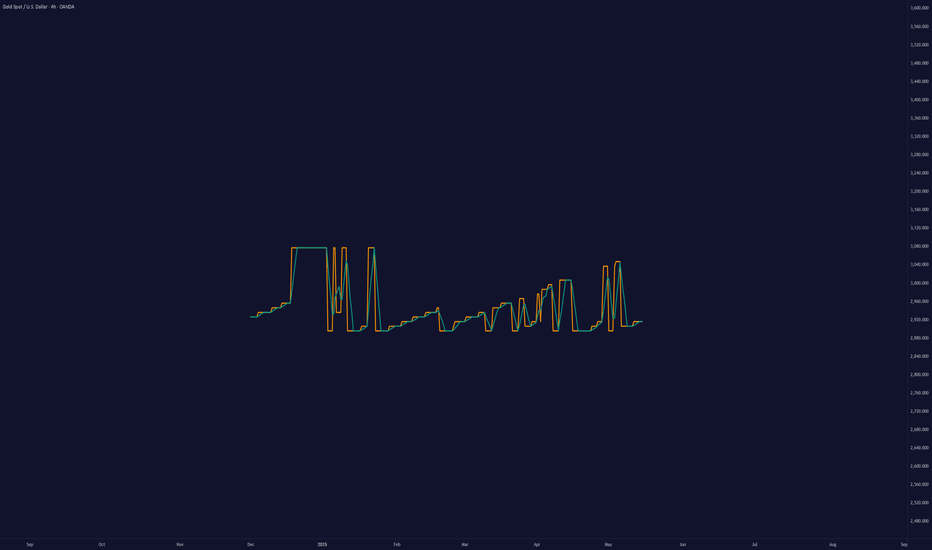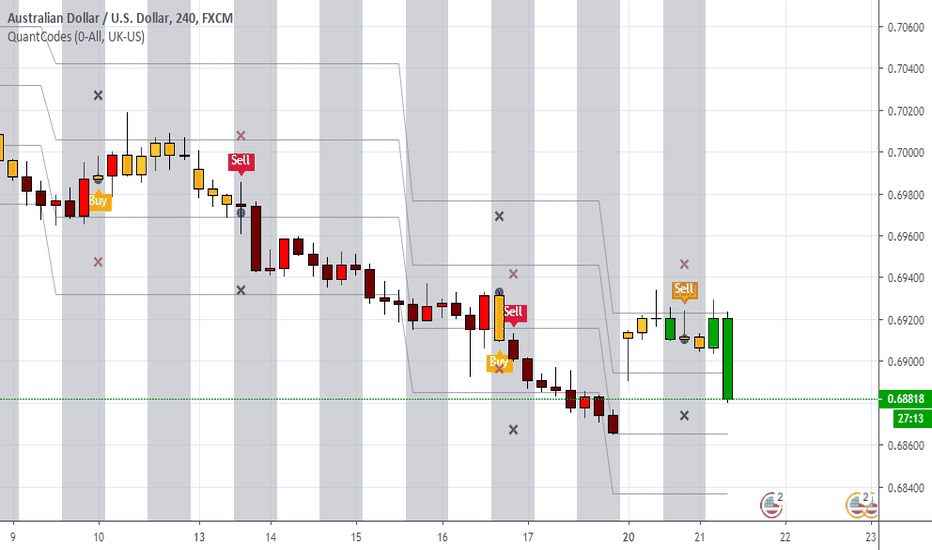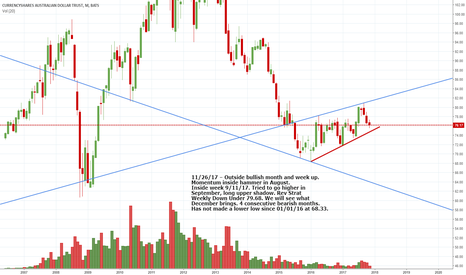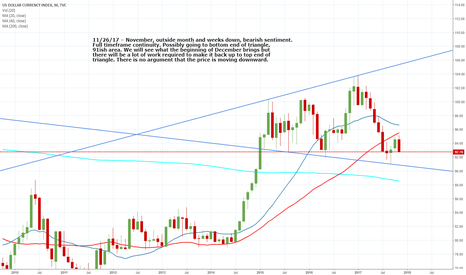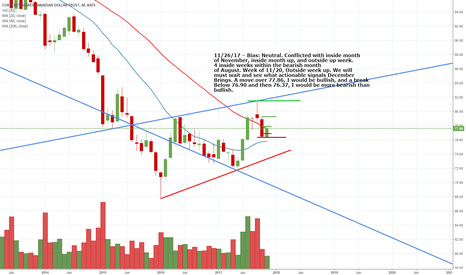Why the Best Strategies Don’t Last — A Quant TruthOver the years, I’ve built strong connections with traders on the institutional side of the market.
One of the most interesting individuals I met was a former trader at Lehman Brothers. After the collapse, he transitioned into an independent quant. I flew to Boston to meet him, and the conversations we had were eye-opening, the kind of insights retail traders rarely get exposed to.
We didn’t talk about indicators or candlestick patterns.
We talked about how fast and aggressive algorithmic trading really is.
He told me something that stuck:
" People think hedge funds build one algorithm, run it for years, and collect returns. That’s rarely the case. Most algos are extremely reactive. If something stops working, we don’t fix it — we delete it and move on. That’s how the process works."
This isn’t an exception — it’s standard practice.
What stood out most in our talks was how adaptable these algorithms are. If market conditions shift — even slightly — the logic adapts immediately. These systems aren’t built on beliefs or opinions.
They’re built to respond to liquidity, volatility, and opportunity — nothing more.
This level of responsiveness is something most retail traders never factor into their approach, but it’s core to how modern markets operate.
█ How Quant Funds Use Disposable Strategies — And What Retail Can Learn
One of the most misunderstood realities in modern trading is how top quantitative funds like Two Sigma, Citadel, and Renaissance Technologies deploy, monitor, and replace their strategies.
Unlike traditional investors who develop a strategy and stick with it for years, many quant funds take a performance-first, outcome-driven approach. They:
Build hundreds of strategies,
Deploy only the ones that currently work, and
Retire or deactivate them the moment performance drops below their internal thresholds.
This is a deliberate, statistical, and unemotional process — and it's something that most retail traders have never been taught to think about.
█ What This Means
Quantitative firms often run:
100s of models simultaneously,
Each targeting a specific edge (e.g. trend-following, mean reversion, intraday order flow),
With tight risk controls and performance monitoring.
When a model:
Falls below a minimum Sharpe ratio (risk-adjusted return),
Starts underperforming vs benchmark,
Experiences a breakdown in statistical significance…
…it is immediately deprecated (removed from deployment).
No ego. No "fixing it."
Just replace, rebuild, and redeploy.
█ It runs live… until it doesn’t.
If slippage increases → they pull it.
If volatility regime changes → they pull it.
If too many competitors discover it → they pull it.
If spreads tighten or liquidity dries → they pull it.
Then? They throw it away, rebuild something new — or revive an old one that fits current conditions again.
█ Why They Do It
⚪ Markets change constantly
What worked last month might not work this week — due to regime shifts, volatility changes, or macro catalysts. These firms accept impermanence as part of their process.
⚪ They don’t seek universal truths
They look for temporary edges and exploit them until the opportunity is gone.
⚪ Risk is tightly controlled
Algorithms are judged by hard data: drawdown, volatility, Sharpe ratio. The moment a strategy fails to meet these metrics, it’s shut off — just like any risk engine would do.
⚪ They don’t fix broken models — they replace them
Time spent “tweaking” is time lost. New strategies are always in the pipeline, ready to rotate in when older ones fade.
█ Research & Real-World Validation
"Modern quantitative funds must prioritize real-time adaptability and accept that any statistical edge has a short shelf life under competitive market pressures." Adaptive Trading Agents” (Li, 2023)
Donald MacKenzie’s fieldwork on HFT firms found that algos are treated like disposable tools, not long-term investments.
Studies on adaptive algorithmic trading (e.g., Li, 2023; Bertsimas & Lo, 1998) show that funds constantly evaluate, kill, and recycle strategies based on short-term profitability and regime changes.
A former Two Sigma quant publicly shared that they regularly deploy hundreds of small-scale models, and once one fails risk thresholds or decays in Sharpe ratio, it’s immediately deprecated.
Walk-forward optimization — a method used in quant strategy design — is literally built on the principle of testing a strategy in live markets and discarding it if its forward performance drops.
█ Why Retail Rarely Hears This
Retail traders are often taught to:
“Stick with a system”
“Backtest 10 years”
“Master one setup”
But in the real quant world:
There is no perfect system. There are only edges that work until they don’t. And the moment market structure shifts — new volatility, different volume profile, regime change — the strategy is gone, no questions asked.
█ What This Means for Retail Traders
⚪ Don’t idolize “one perfect system.”
What worked in April might not work in June. Treat your strategies as temporary contracts, not lifelong beliefs.
⚪ Build modular logic.
Create systems you can tweak or retire quickly. Test new regimes. Think in frameworks, not fixed ideas.
⚪ Learn from regime shifts.
Volatility, spread, volume profile, macro tone — track these like a quant desk would.
⚪ Use metrics like:
- Win streak breakdown
- Market regime tracker
- Edge decay time (how long your setups last)
█ Final Thought
The best traders — institutional or retail — understand that there’s no such thing as a permanent edge. What matters is:
Having a repeatable process to evaluate strategy performance,
Being willing to shut off or rotate out what’s no longer working,
And staying adaptable, data-driven, and unemotional.
If you start treating your strategies like tools — not identities — you’ll begin operating like a professional.
-----------------
Disclaimer
The content provided in my scripts, indicators, ideas, algorithms, and systems is for educational and informational purposes only. It does not constitute financial advice, investment recommendations, or a solicitation to buy or sell any financial instruments. I will not accept liability for any loss or damage, including without limitation any loss of profit, which may arise directly or indirectly from the use of or reliance on such information.
All investments involve risk, and the past performance of a security, industry, sector, market, financial product, trading strategy, backtest, or individual's trading does not guarantee future results or returns. Investors are fully responsible for any investment decisions they make. Such decisions should be based solely on an evaluation of their financial circumstances, investment objectives, risk tolerance, and liquidity needs.
Quantstrategies
QuantCodes: AUDUSD go South to close gap??After the price gap up on the first-day trading on a new week, AUSUSD seems to close its gap & heading to 0.68744. Entry Short was triggered on yesterday @ 0.69105.
If interested to know about this Systematic Trading Algo DM me or reach me via WhatsApp +6017511410
#tradingplan
#roboadvisor
#QuantCodes
Rob Smith - smithintheblack - Quant Edge learning11/26/17 – Bias: Neutral. Outside bullish month and week up.
Momentum inside hammer in August.
Inside week 9/11/17. Tried to go higher in
September, long upper shadow. Rev Strat
Weekly Down Under 79.68. We will see what
December brings. 4 consecutive bearish months.
Has not made a lower low since 01/01/16 at 68.33.
Rob Smith - smithintheblack - Quant Edge learning11/26/17 – Outside bullish month and week up.
Momentum inside hammer in August.
Inside week 9/11/17. Tried to go higher in
September, long upper shadow. Rev Strat
Weekly Down Under 79.68. We will see what
December brings. 4 consecutive bearish months.
Has not made a lower low since 01/01/16 at 68.33.
Rob Smith - smithintheblack - Quant Edge learning11/26/17 – November, outside month up, bullish month.
2 inside bullish months within September. There is no
argument that this currency is going up. Railroad tracking
the 20 & 40 up since June 2016. Timeframe continuity.
There is no actionable signal to believe the price is headed
down. With a continued bullish move we can expect target
areas of 132.50-136 to 144. Higher highs and higher
lows since 03-06-17, 9 months
Rob Smith - smithintheblack - Quant Edge learning11/26/17 – November, outside month up, bullish month.
Timeframe continuity to the upside. Outside month,
week, and day up, we will see what new actionable
signals December brings. There is no argument that
the price is not moving up. A sustained December
move above 86.38 is bullish to the top of the triangle
with a target area of 89ish. Then we can potentially
get into the 88, 89, 92, and 95 and 97ish areas.
Rob Smith - smithintheblack - Quant Edge learning11/26/17 – November, outside month and weeks down, bearish sentiment.
Full timeframe continuity. Possibly going to bottom end of triangle,
91ish area. We will see what the beginning of December brings but
there will be a lot of work required to make it back up to top end of
triangle. There is no argument that the price is moving downward.
Rob Smith - smithintheblack - Quant Edge learning11/26/17 – Bias: Neutral. Conflicted with inside month
of November, inside month up, and outside up week.
4 inside weeks within the bearish month
of August. Week of 11/20, Outside week up. We will
must wait and see what actionable signals December
Brings. A move over 77.86, I would be bullish, and a break
Below 76.90 and then 76.37, I would be more bearish than
bullish.
